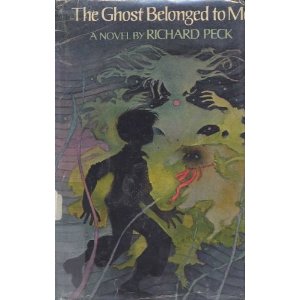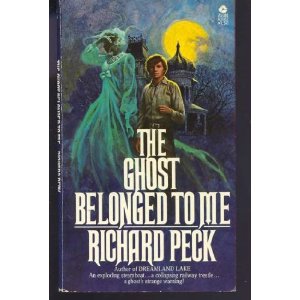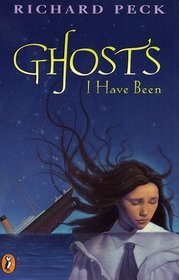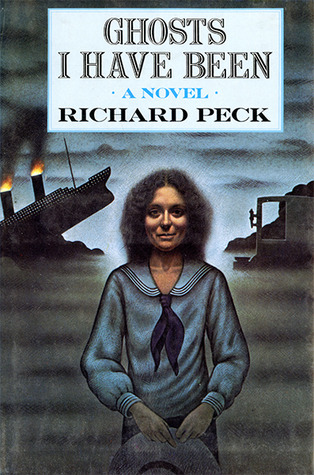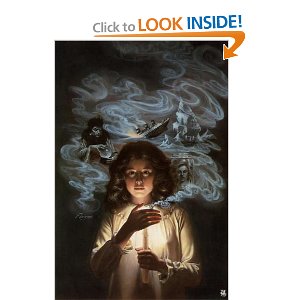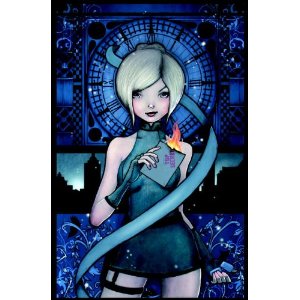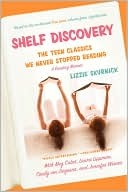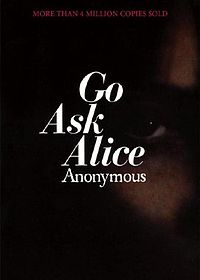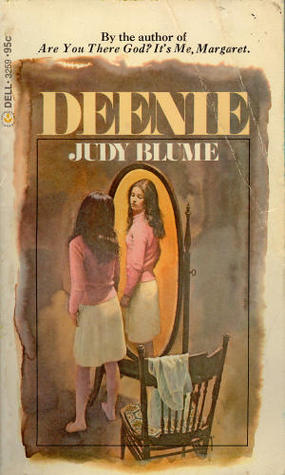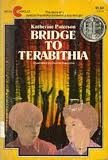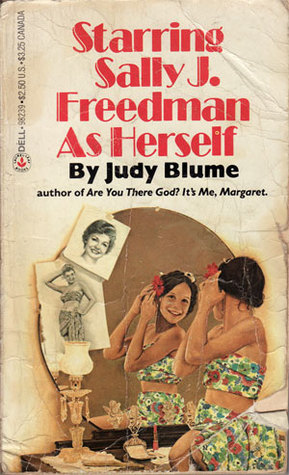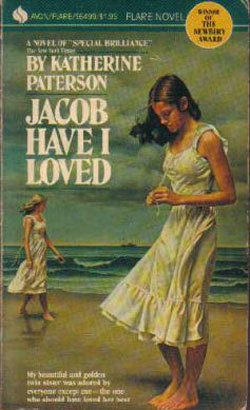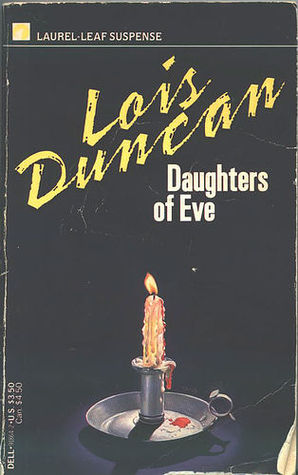“Blood and Power,” a guest post by Sarah Caflisch
July 24th, 2012occult /oc·cult/ (Å-kult´) obscure or hidden from view.
-Oxford English Dictionary
In Chapter 7 of Shelf Discovery: The Teen Classics We Never Stopped Reading, Lizzie Skurnick explores why girls in the 70’s and 80’s were drawn to supernatural stories, like almost all of Lois Duncan’s works that haunted library shelves. She gives numerous good reasons for this, among them that it’s fun to imagine being able to read minds, commune with animals and terrorize bullies with just a narrowing of the eyes. But I’d like to expand on Skurnick’s view that the general upheaval, changes, and development of puberty are why girls flocked to these books, and why there were so many supernatural books for them to flock to. I contend that books about girls entering puberty and acquiring supernatural powers are written, and voraciously read, because they are actually mythological. Whether they do it overtly or not (e.g., Stephen King’s Carrie), these books point to the blood of menstruation and its power.
The connection between menstruation and childbearing adds its quota of supernatural dread….
-M. Esther Harding, “Woman’s Mysteries: Ancient & Modern.”
In The Moon & The Virgin. psychologist and poet Nor Hall expounds on the connection between the moon, women’s intuitive function (the receptive, feeling, creative side or anima, found in both genders), and menses at length Throughout many cultures, the moon was seen as the ruler of women, its phases mimicking or controlling women’s menstruation cycles. It was also seen as the giver and controller of Earth’s fertility. In many early societies, and perhaps some modern ones, the moon’s connection to women and Earth imbued menstruating women with troublesome, or even supernatural powers. To regulate this power, menstruating women were regulated to huts and not allowed to cook, step over children or crops, or perform other tasks lest their menstrual blood interfere with or taint things.
People with runny noses do not hide their tissues from colleagues and family members. They do not die of embarrassment when they sneeze in public. Young girls do not cringe if a boy spies them buying a box of Kleenex. Caught without a hanky on a cold day, people sometimes use their sleeves; they are sheepish, but not humiliated. They do not blush or stammer or hide the evidence. No one celebrates congestion…those who suffer publicly–ah choo!–are casually blessed. It is, in essence, no big deal.
The same is not true of periods.-Karen Houppert, “The Curse: Confronting the Last Unmentionable Taboo: Menstruation.”
The books from this chapter:
Ghosts I Have Been by Richard Peck
A Gift of Magic by Lois Duncan
The Girl with the Silver Eyes by Willo Davis Roberts
Stranger with My Face by Lois Duncan
Hangin’ Out with Cici by Francine Pascal
Jane-Emily by Patricia Clapp
Down a Dark Hall by Lois Duncan
speak to us of a deep, ancestral part of us that believes menstrual blood, the language of the moon, and the cycles of life are potentially terrifying, and as such, necessarily occult–a hidden knowledge given only to the initiated. In these books, supernatural powers such as ESP and telekinesis are, like menstruation, both a curse and a blessing.
In the mundane world, our rational mind tells us that the biological machinations behind menstruation are as straightforward as the ones behind a sneeze. They’re not connected supernaturally to the moon like werewolves, witches and vampires. But dreamworld messages from ancestors say something quite different. These messages, however oblique, have been and continue to be disseminated through the fictions written down by our modern authors.
copyright Sarah Caflisch, 2012. All rights reserved.
